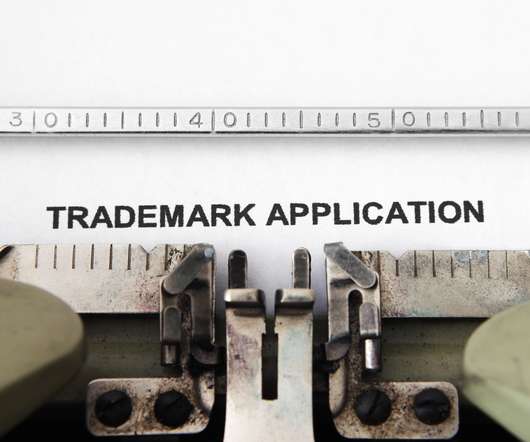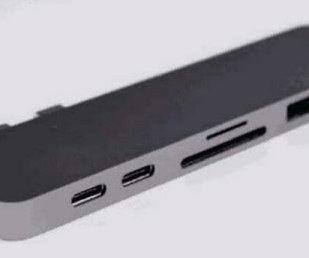Prior Art: The Patent Pitfall
Larson & Larson
FEBRUARY 13, 2021
A high number of patent applications are given a non-final rejection from the USPTO according to Yale. Often, the reason that the patent office will cite for rejecting an application is the presence of prior art. This makes the term ‘prior art’ an important concept for inventors to understand.
















Let's personalize your content